For some pioneers out there, painting on the most clichéd, regular surfaces just don’t cut it.
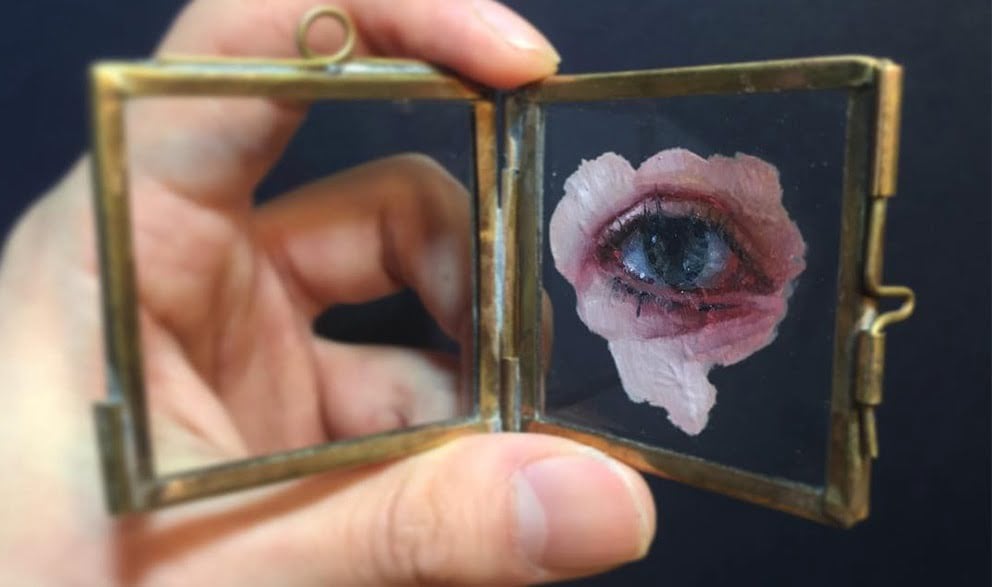
They try to explore beyond the ordinary - in this case, using an unlikely combination of paint and surface to create truly dazzling surfaces.
Oil paints and glass aren’t the most ideal combination, but there are ways to make this relationship work - just like any other, this one requires effort. If you are looking for the best paints for glass, you can find them here.
Today, we’ll talk about exactly which points need to be clear when it comes to painting on glass with oil paints.
Painting techniques, materials, and much more will be touched upon today. So without wasting more time, let’s get down to brass tacks.
Things You Should Know Before Painting Oil Paint on Glass
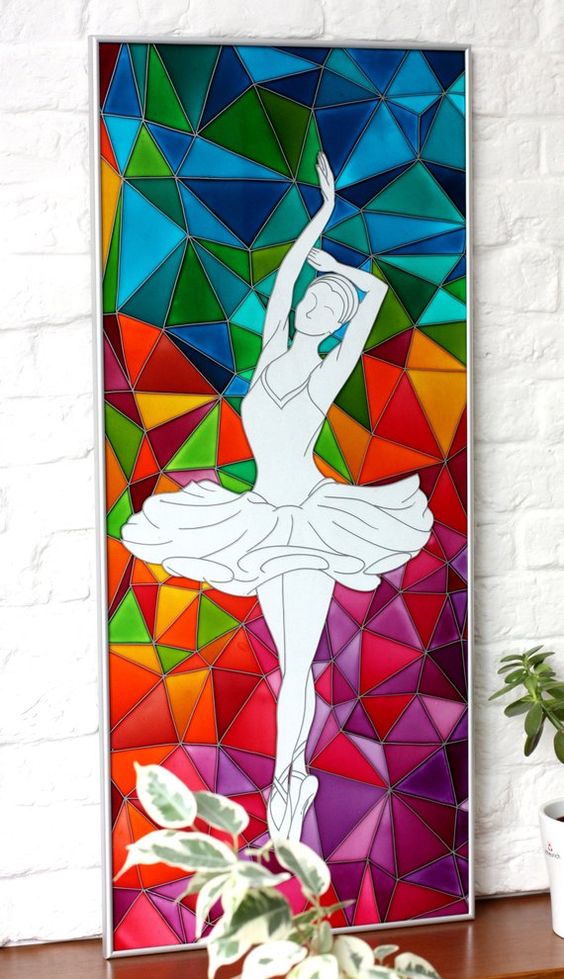
Image via Etsy
-
The glass surface must be pristine before oil paint is put on it
Simple soap and water is a great first step to achieve a clean glass surface, but you should know that this is necessary - but not sufficient. You have to go in for stronger additional solutions such as acetone or isopropyl alcohol before working on the glass surface with oil paints.
This is all done in order to prevent any breakage, cracking or peeling after application of paint on the glass surface. Any grime, dust or dirt left on the glass surface can cause much larger problems later on. In any case, you should make sure you wipe the glass surface thoroughly so none of the cleaning agent(s) is left behind on the surface before painting.
-
Glass and oil paint is not an ideal combination, at all
Oil paint belongs to surfaces such as canvas, wood, hardboard, fiber etc. This is because they are porous and they provide texture which glass simply cannot. On the other hand, glass is best suited to be painted upon by acrylic paints which stick. Do not be disheartened, however - there are some methods which can help this combination work beautifully.
In other words, we would still recommend you to go for acrylic paints in case you’re willing to explore new territories and paint on glass. If you can’t help it, this article will go a long way in helping you find out how to make oil on glass sing.
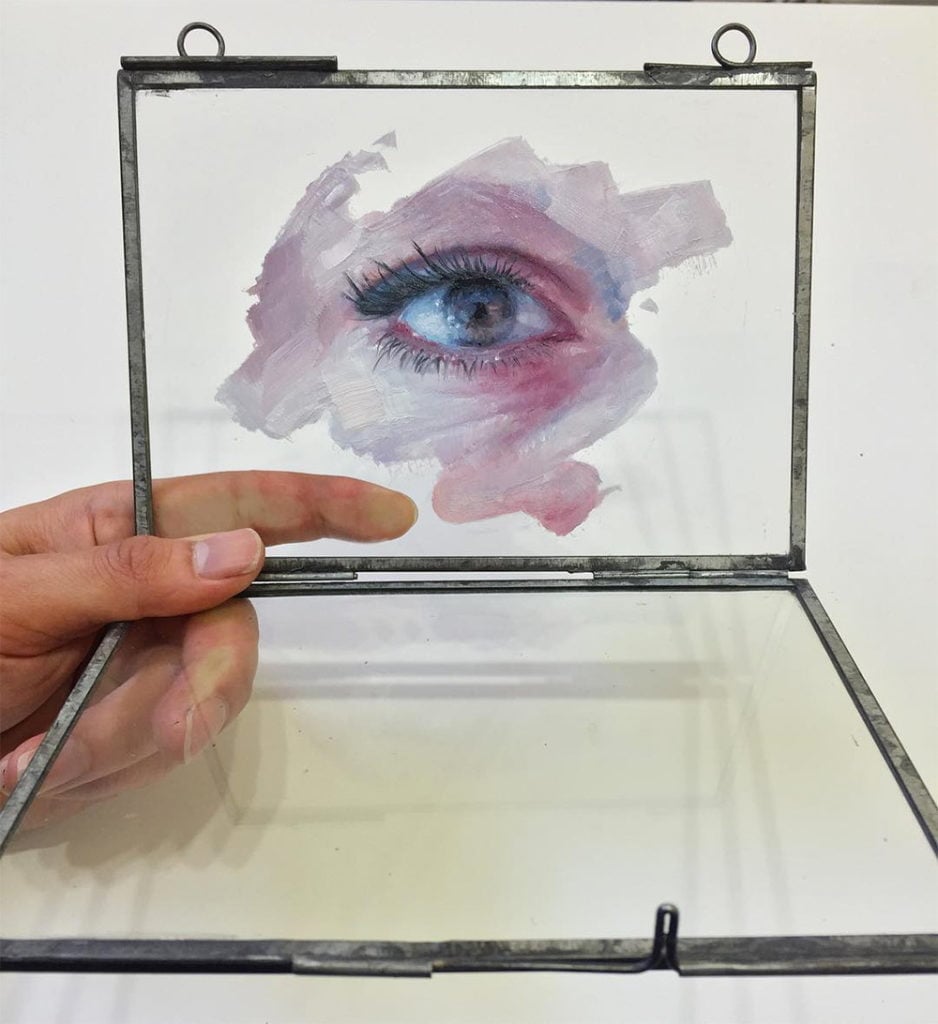
-
A texture will go a long way when you’re painting with oil on glass
To make sure your work lasts at least a few decades, you should create some kind of texture on the surface in order for the paint to remain adhered to the glass surface properly. There are a number of ways in which this can be achieved, but most artists end up using the two below:
-
[easyazon_link keywords="Sandpaper" locale="US" tag="homesthetics0a-20" link_id="193245" type="link" ref="misen"]Sandpaper[/easyazon_link]
Sandpaper is an ideal material to use for texturing because you get the best of both worlds: the glass surface remains largely translucent, but the oil paint sticks rather strongly on the glass material. Do make sure you do this process in the open if you can help it.
The process for applying sandpaper on the glass is easy: simply sand the surface keeping it flat (on a table, perhaps) and maintaining a circular motion while sanding it with a firm hand. A respirator mask and goggles for safety are must to prevent any side effects.
-
[easyazon_link keywords="Gesso" locale="US" tag="homesthetics0a-20" link_id="193246" type="link" ref="misen"]Gesso[/easyazon_link]
Any artist worth their salt knows how critical gesso is to their tool-set. Canvas artists with some experience in painting are already well aware of how to use gesso properly.
For those of you starting out, gesso is basically an acrylic based solution which can latch on to nearly any surface very well. This includes glass, thankfully. Generally, you hear of white gesso - which you can’t use in this case, sadly. After all, you’re using glass.
There’s a way out. And our savior, in this case, is clear gesso. A few maverick chemists figured out a way to solve your quandary - and this is it. A few layers of this acrylic gesso and you’re all set for painting your masterpiece on glass!
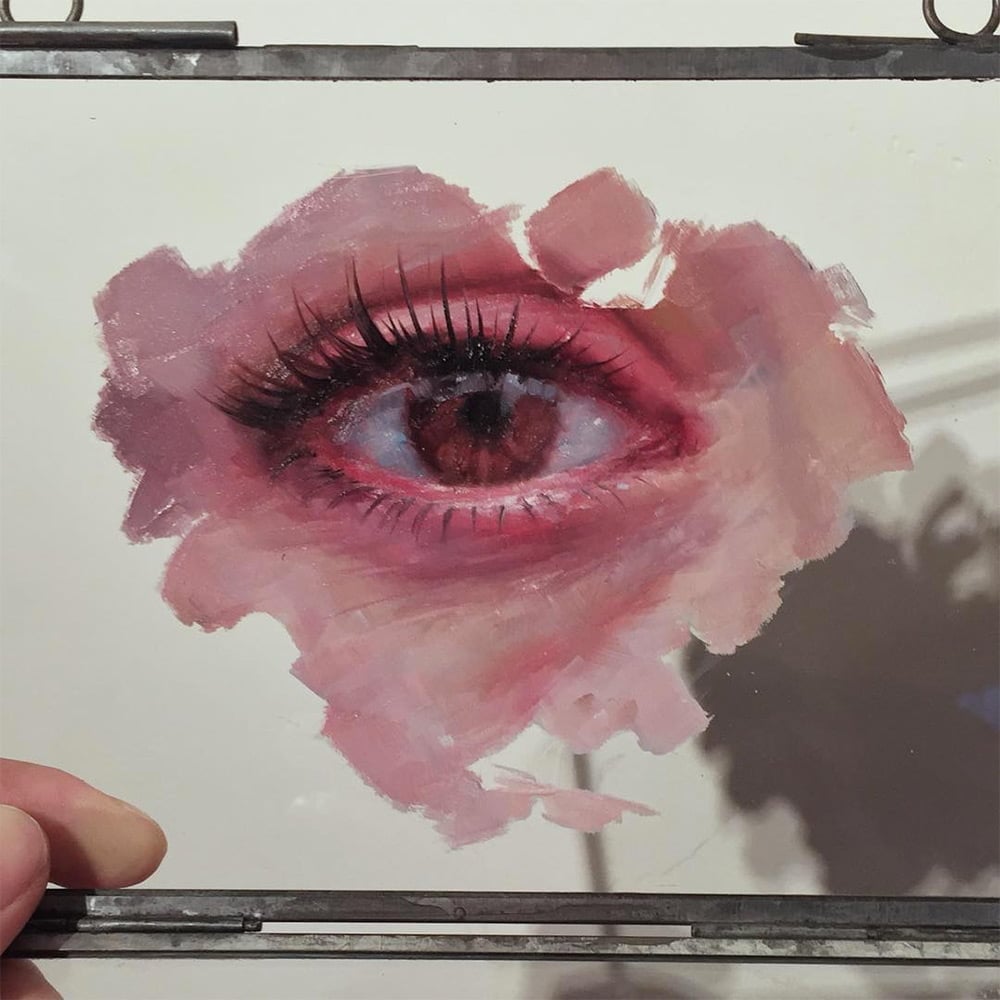
-
Remember the traditional fat-on-lean principle
The fat-on-leam painting principle is very simple in its statement, and it’s not too hard to apply. Chances are, someone in the art class told you about this someday and you keep doing it subconsciously. Anyway, for those of you who might’ve forgotten, the principle simply says that - you should always have a thicker layer of paint over thinner layers at the outset.
Hence, for underpainting, use the smallest possible amount of paint, and slowly scale up until you finish - wherein you have to apply as much paint as possible. The reason behind this technique is that the natural oxidation of oil paints is such that a thinner top layer is very liable to get damaged by chipping/cracking and this has a drastic effect on the painting.
Once you get a hang of this method (though it will take a few paintings before you get it just right), you won’t ever look back, and you’ll notice the drastic differences in longevity yourself.
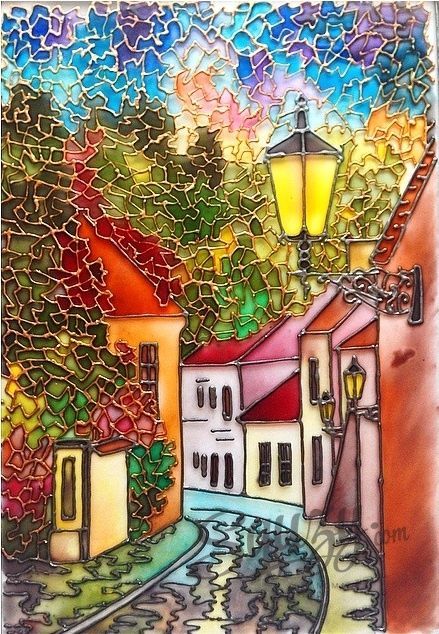
Image renaissancestainedglass.website
-
Varnishing is the cherry on top
Varnishing is a step most people associate with hardboard, hardwood and fiberboard finishes. However, you must take this newfound opportunity to paint on glass, and go for varnishing the painted glass surface. This helps immensely when you’re planning to put the painting up for sale or display at an art gallery.
Final words
There are a number of other small things we wanted to cover, but seeing that most first-timers will be more interested in this, we end our discussion here. This wraps up our list of the five best things to know before you start painting with oil paints on the glass surface. Before heading out there and painting, take care of these!
Have fun painting with oil paints and glass surfaces - an unlikely but beautiful (and rare) combination.
Related Articles
10 Best Canvases for Oil Painting | Beginner & Artist Grades Reviewed
8 Best Oil Paint Brushes of 2022 Reviewed
11 Best Oil Paints for Beginners & Professionals Artists Alike
Learn What is the Best Surface for Oil Painting Right Now
How Long It Will Take Oil Paint To Dry & How to Speed It Up
15 Easy DIY Tricks on How to Get Stickers Off Glass Rapidly
Oil Painting for Beginners Basics & How to Use Oil Paints
Learn How To Dry Oil Paint Faster Overnight
12 Oil Painting Supplies That Every Oil Painter Needs in the Studio
11 Best Palettes for Oil Painting Reviewed
